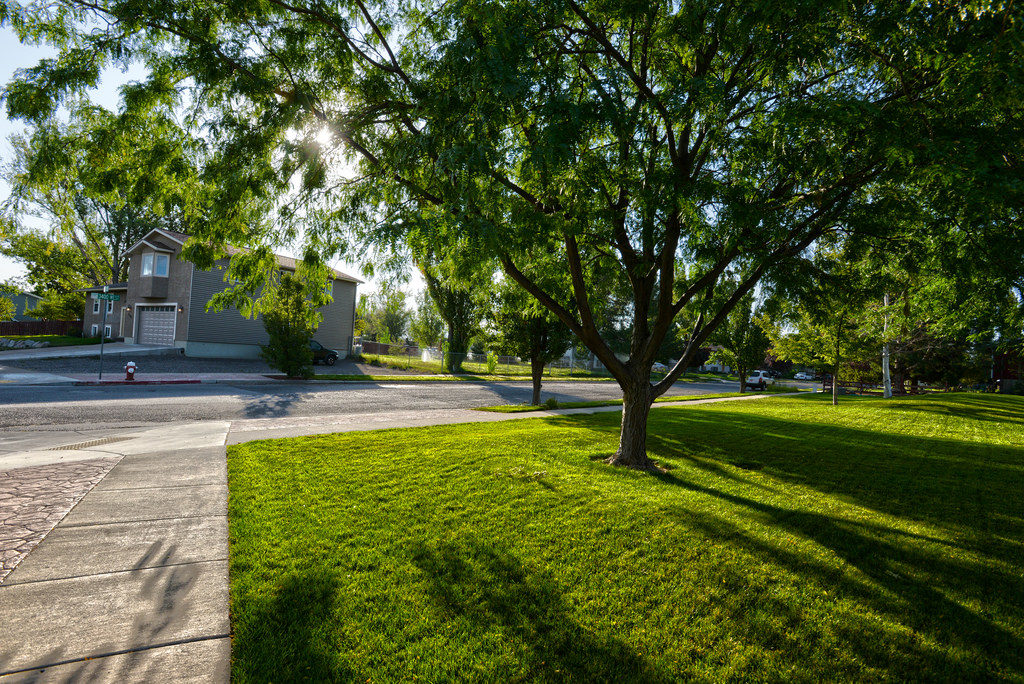Trees and How They Affect Your Home

Maybe not. But let’s step back a moment and talk about how and why trees sometimes can be bad for our home’s foundation. Here in southeast Texas and the greater Houston area we have very expansive soils which mean that as water leaves the soils, the soils contract or shrink. When water is added to the soils, they rehydrate and swell or expand. This shrinking and swelling of the soils as the moisture content vary affects structures that are built on it including our houses. In a year with normal rainfall, the perimeter of an average house can move up or down ¾ of an inch, relative to the center of the structure. The good news is that our home’s foundation should be engineered to handle this normal movement. The bad news is that if your home experience movement exceeding industry tolerances for residential construction, you may have to take actions to correct the problems. (Sounds like a lot of money.) The good news is that if you take action before it gets to that point, it usually can be cheaper. O.K., enough with the good news – bad news, what are the issues and what can we do about it?
How Much Area can Roots Pull Water From
Many people say they use the ‘rule of thumb’ that roots will extend a distance from a tree equal to the distance the longest branch extends from the tree. Well, I seen roots travel much farther than that and I know some trees send tap roots down quite a ways but not out very far from a tree so I’m O.K. with the ‘rule of thumb’ if you are only going to talk about trees in general and understand the roots of your trees may extend beyond that point.
Another point that I don’t hear people talking about but is of equal importance is the area that the tree’s roots pull water from. You don’t have the soil dry where the roots are and then a couple inches past that point, the soils can be very moist. Water will not stay in that wet area, it will flow towards the drier soil. Therefore, the tree is actually affecting the moisture content of the soil from a much larger radius that just where the roots system is.
The goal is to keep the moisture content of the soil around the perimeter of you home consistent. If that moisture content is consistent all around the structure and stays that way, you greatly reduce the chance of foundation movement and the issues that come with foundation movement – cracks in the sheetrock, brick, tile, slab, doors and windows sticking, etc. If you have some areas that are getting enough water and the soil is moist, with other areas that are usually dry, you can get differential settling of the foundation which will cause problems over time if it is not addressed.
There are many actions that a homeowner can take to address trees and the root system. One option is to increase the amount of water being used by a water system for the area under the influence of the tree(s). If the tree is not too close to the structure, a root barrier between the house and the tree may be useful. Please get help from a tree expert before installing a root barrier. If the root barrier cuts too many roots, the tree could be damaged or die. (Killing a tree, either by accident or cutting it down on purpose can do a lot of damage to your home in some cases. Please look at the article on my website that has to do with this subject and the effect of ‘rebound’ has on the home’s foundation.)
In other articles on our website, we will outline other potential contributors to foundation movement. Do you need expensive foundation repair if one or more of these problems happen on your property? Maybe not. In other articles, we will also suggest ways the homeowner could address these issues and save them money.
For other general questions about foundation movement, contact us and we will try to answer within a day or two but many times each property has its own unique set of issues and a general answer may not always work for your specific case, but bring them on, we love helping homeowner uncover the mysteries of foundation distress.

